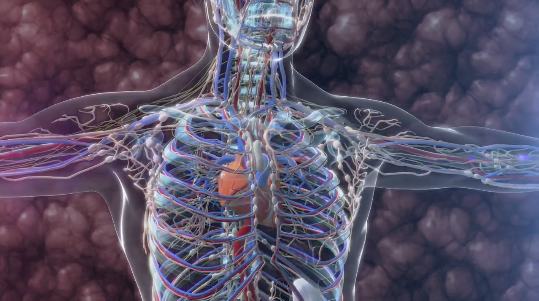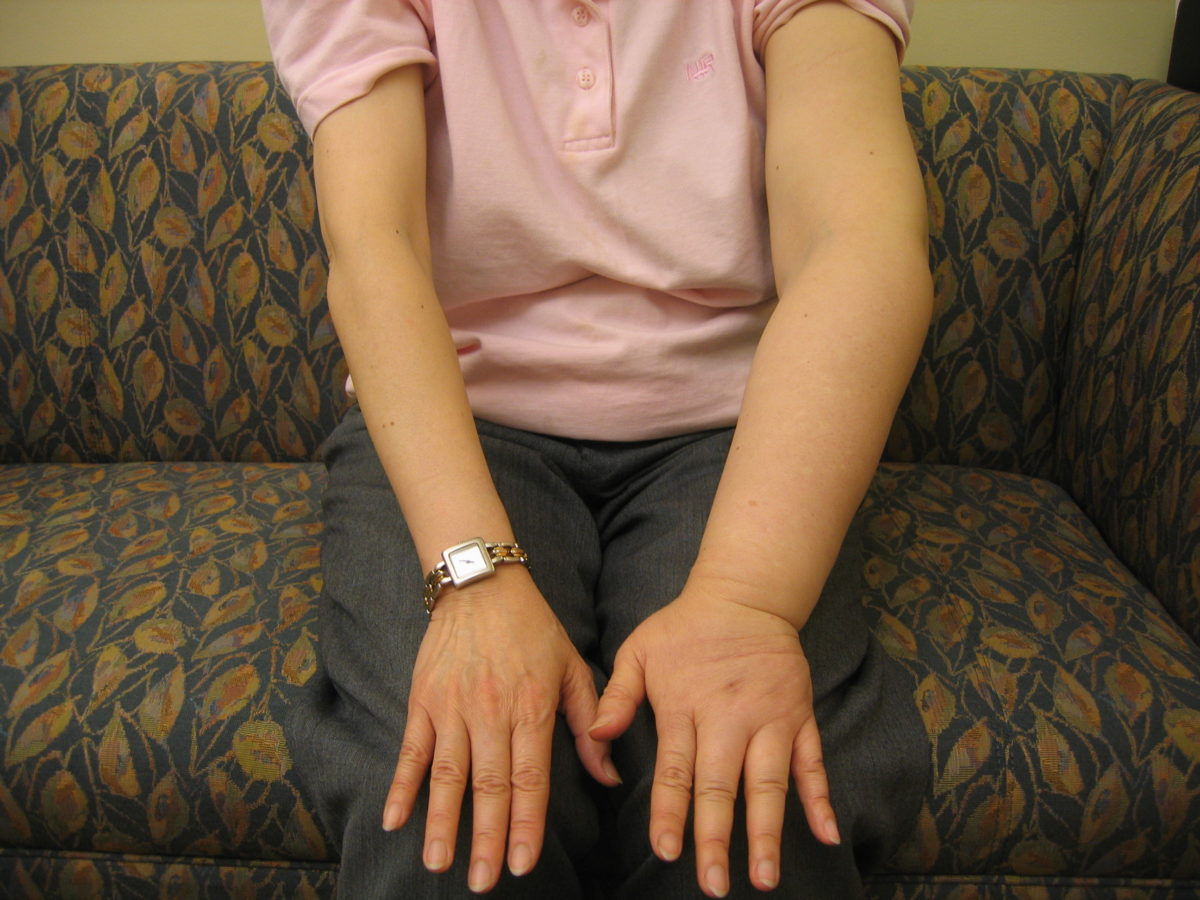Researchers at NYU’s Tandon School of Engineering have teamed up with those from the university’s Rory Meyers College of Nursing to develop a machine-learning algorithm that could help detect a lymphatic system disease before doctors are able to.
There is no cure for lymphedema, only physical exercises that can keep the symptoms in check.
Early detection of the disease would allow for physical therapy that could theoretically stop the disease’s progress enough to never allow it to develop.
“Machine learning will help us to develop an algorithm to determine a patient’s status or predict if they will have a measurable symptom later on,” explained Mei Fu, an associate professor at NYU’s Rory Meyers College of Nursing, by telephone last week. “Each time the patients enter the data, the algorithm will teach itself. Later on, machine learning will probably help us say which treatment is better for which kind of patients.”
Lymphedema is a disease of the lymphatic system characterized by the swelling of a patient’s arms or legs. The swelling is actually a buildup of lymph, a fluid that flows through the body, serving in large part to bring white blood cells to fight infections. When the regulators of this system — lymph nodes — are damaged, circulation can get out of whack, and end up collecting in the body’s extremities. Untreated lymphedema can look gnarly, with feet and arms swollen to several times their normal size.
Lymphedema can be a result of genetics, but more often is a bit of collateral damage in the fight against cancer, particularly breast cancer, as the lymph system is based beneath the collarbone. Radiation treatment and surgery can knock out the lymph nodes necessary to keep the system functioning well.
The problem with lymphedema is that it’s hard to diagnose. By the time a patient or doctor notices one arm is bigger than the other, it’s irreversible. There are clues about the disease before it reaches that level, but they’re not obvious. Lymphedema has 22 symptoms, and the more of them patients develop, the more likely it is they have the disease.
“Sometimes people will only have millimeters of fluid accumulation,” Fu explained. “However, with current traditional statistics we can only roughly predict. If you have 8 symptoms you will have 60 percent chance of lymphedema. Also, we don’t know how to deal with the interrelationships of the systems.”
This is where a computer program analyzing a lot of results and without the interfering human biases of humans, could provide some answers, such as whether all 22 symptoms are of equal importance, or whether different combinations of them are more or less indicative together.
Working with Fu, who handles the clinical side of the project, is Yao Wang, a professor of electrical and computer engineering at Tandon, who handles the algorithm and programming.
“There is also the aspect of economics,” Wang added. “Currently, the way they detect is cumbersome and expensive. Current systems use equipment [an infrared perometer] to measure how big your arm is. With what we’re developing, a patient can input into a website their symptoms and then the machine can say, ‘You should go see a doctor.'”
Who, for now at least, is still a human.
Join the conversation!
Find news, events, jobs and people who share your interests on Technical.ly's open community Slack


